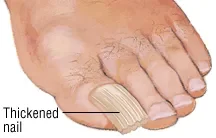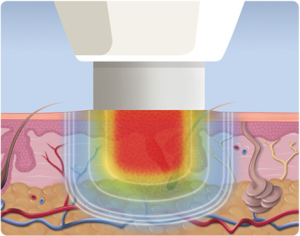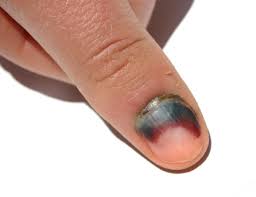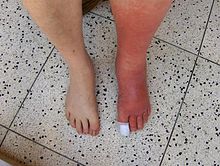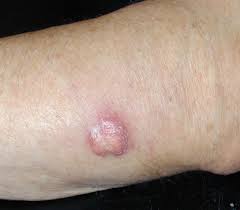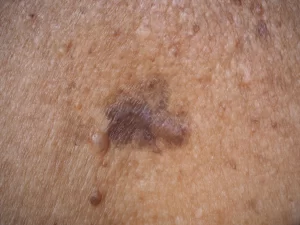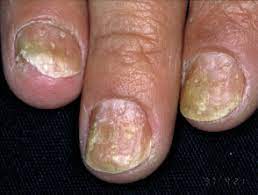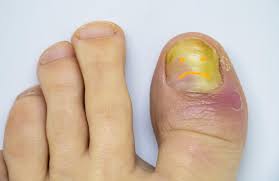
Yellow toenails can be caused by a variety of factors, including:
- Fungal Infection: One of the most common causes of yellow toenails is a fungal infection, which can cause the nails to thicken, become discoloured, and become brittle.
- Nail Polish: Frequent use of dark nail polish can stain the nails, causing them to appear yellow.
- Smoking: Smoking can cause the nails to become yellow, as well as other discolourations.
- Medical Conditions: Certain medical conditions, such as diabetes, psoriasis, or thyroid problems, can cause changes in the colour and texture of the toenails.
- Age: As we age, the nails may become more brittle and discoloured, including turning yellow.
If you are experiencing yellow toenails, it’s important to see a healthcare provider or a podiatrist to determine the underlying cause of the problem. Treatment options may include anti-fungal medications, topical treatments, or laser therapy for fungal infections, as well as lifestyle changes or medications for underlying medical conditions. In some cases, yellow toenails may be a sign of a more serious underlying condition, so it’s important to seek medical attention if you are experiencing persistent discolouration of the toenails.



